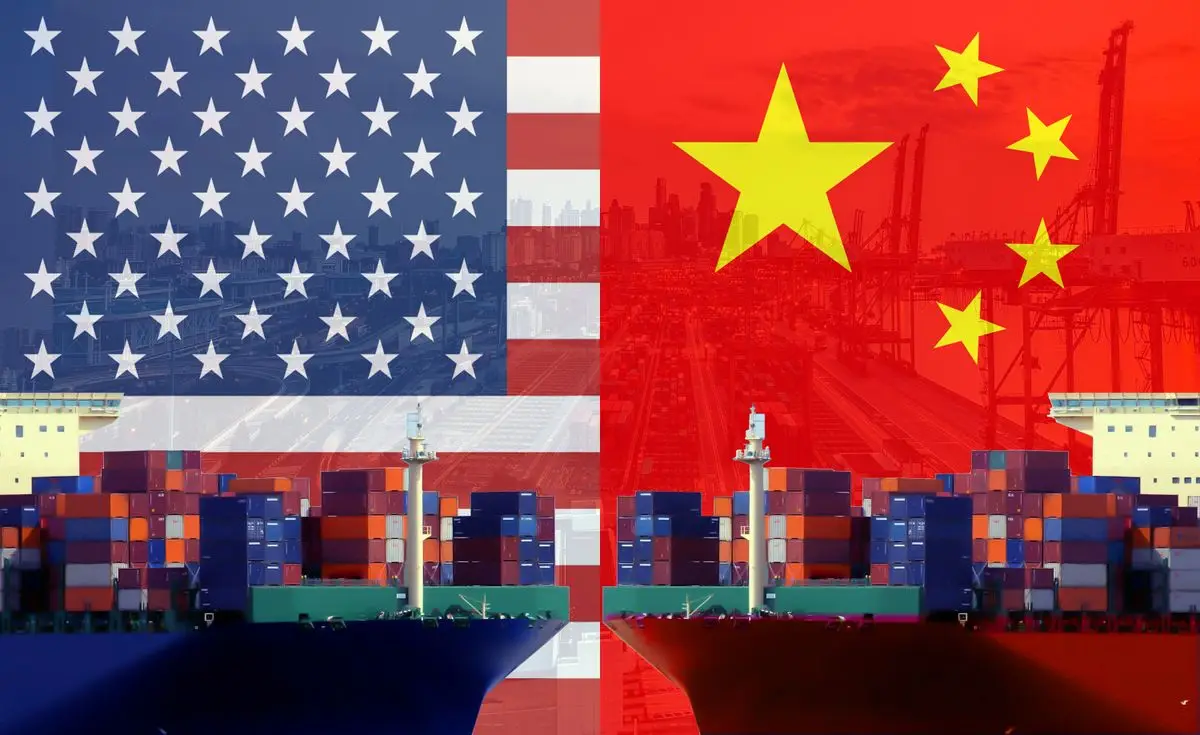Following secret weekend negotiations, the United States and China announced on Monday that they've achieved meaningful progress in resolving their protracted trade dispute. The Geneva meeting represents the first comprehensive bilateral dialogue since President Trump imposed steep tariffs on Chinese imports in January, marking a potential turning point in global trade relations.
Breaking the US-China Trade Impasse
The US-China trade war has escalated to staggering proportions, with the US imposing 145% tariffs on Chinese products while China retaliated with 125% tariffs on American goods. President Trump has indicated that a trade deal is materializing, though specific details remain closely guarded. This breakthrough could offer both economic superpowers a strategic exit from a potentially devastating economic standoff that threatens global market stability.
Agricultural Stakes in US-China Trade Relations
The stakes are particularly elevated in the agricultural sector, where interdependencies run deep. China's annual requirement exceeds 105 million tonnes of soybeans for food and feed production, creating an intricate supply chain challenge with global ramifications. While China has strategically diversified its sourcing by substantially increasing purchases from Brazil, this South American powerhouse produces approximately 105 million tonnes annually – a volume that barely meets Chinese demand alone.
Supply Chain Vulnerabilities in US-China Trade
For China, relying predominantly on Brazil creates significant supply chain vulnerabilities and geopolitical risks. Alternative sources including Argentina and Ukraine are emerging as viable options, but comprehensive diversification remains essential for ensuring long-term food security. The concentration risk inherent in single-source dependency could prove catastrophic during crop failures or political disruptions.
Meanwhile, the United States confronts the daunting prospect of losing a market that typically purchases over 20 million tonnes of American soybeans annually. Despite intensive outreach efforts targeting South and Southeast Asian markets, there's no guarantee these regions possess the capacity or willingness to absorb surplus US agricultural production. The ripple effects extend beyond soybeans to corn and other agricultural commodities, multiplying the economic impact.
The Farmer's Dilemma in US-China Trade Tensions
American farmers find themselves navigating unprecedented uncertainty. With September rapidly approaching – the critical period for signing forward contracts for crop inputs – the pressure intensifies. Many growers have voiced growing concerns about the administration's trade policies, creating additional urgency for a swift and comprehensive resolution. The agricultural community's support, traditionally a political stronghold, hangs in the balance as economic realities supersede political allegiances.
Digital Infrastructure: Bridging US-China Trade Gaps
These developments have starkly exposed critical gaps in the digital infrastructure underpinning commodity trading:
- Dynamic arbitrage spotting requires sophisticated corridor-level intelligence that adapts instantaneously to market shifts
- Risk models demand constant recalibration to accurately reflect rapidly evolving market conditions and geopolitical developments
- Contract generation and execution necessitate technology-native workflows enabling efficient hedging and trading operations
- Supply chain visibility becomes paramount when traditional trade routes face sudden disruption
The US-China Trade Path Forward
As both nations demonstrate prudence in recognizing the mutual benefits of trade cooperation, the market's need for sophisticated digital tools becomes increasingly apparent. Traditional trading methods struggle to maintain relevance in today's volatile geopolitical landscape, where decisions must be made in real-time based on comprehensive data analysis.
The complexity of modern agricultural markets demands platforms capable of simulating multiple scenarios, pricing options dynamically, and executing trades with unprecedented precision. Success in this environment requires more than traditional expertise – it demands technological sophistication.
Conclusion: The US-China trade negotiations underscore how rapidly global commodity flows can transform due to geopolitical events. For contemporary traders, success increasingly depends on having seamless access to real-time data, predictive analytics, and digital execution capabilities. At Hectar, we're constructing exactly this infrastructure – a comprehensive digital platform that empowers traders not merely to survive market uncertainty, but to thrive within it. As trade patterns continue their evolution and new corridors emerge, those equipped with cutting-edge digital tools will be optimally positioned to capitalize on emerging opportunities while mitigating unprecedented risks.
